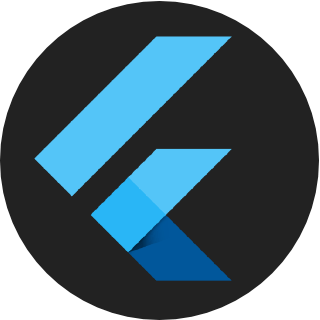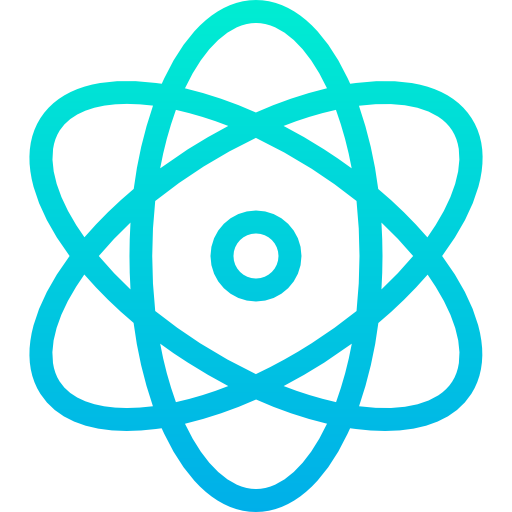The process of developing software applications that run on mobile devices is known as
mobile application development, and a typical mobile application interacts with remote
computing resources via a network connection. Mobile app development, like web
developers, stems from even more traditional methodologies. The mobile development
process includes the creation of installable software bundles (code, binaries, assets, and
so on), the implementation of backend services such as data access via an API, and the
testing of the application on target devices.
Healthcare
On-Demand
Social Media
Restaurants
Fintech
Entertainment
Travel
Sports
Ecommerce
Edtech

Flutter is Google's UI toolkit for creating beautiful, natively compiled applications for mobile, web, and desktop from a single codebase. Flutter is open source and free, and it is used by developers and organizations all over the world. For fast performance on any device, Flutter code compiles to ARM or Intel machine code, as well as JavaScript. Dart, a simple object-oriented programming language, is used to create Flutter apps. Flutter's central concept revolves around widgets. The entire UI is composed of various widgets, each of which defines a structural element (such as a button or menu), a stylistic element (such as a font or colour scheme), and a layout aspect (such as padding), and so on.
React Native is a Facebook open-source framework that uses a declarative programming paradigm to create native JavaScript mobile apps. React Native combines the best aspects of native development with React, a top-tier JavaScript library for creating user interfaces. It was successful in assisting the developers in creating a stunning mobile app for the social media platform. React Native bridges the gap between web UI components and their native counterparts. The most obvious advantage is that you don't have to create two separate apps for each platform. React Native is simple to learn if the developer is familiar with JavaScript or React. React Native supports cross-platform development. In general, there are significant differences between Android and Apple apps

Copyright © 2025 Inclusion Software Solutions. All Rights Reserved.